The year began and ends with Covid dominating the news and the daily business of government. As they gather for Christmas 2021, people wonder if an inevitable lockdown awaits in January. It is eerily reminiscent of last year, when the full extent of the third wave of Covid began to dawn on the country and on Micheál Martin’s administration, which had only weeks before signalled a gradual reopening of social and economic life after the October-November lockdown in advance of what the Taoiseach said would be a “meaningful Christmas”. The phrase would come back to haunt him.
The reopening coincided with the arrival of the Alpha variant of Covid-19 in Ireland and a wave of infections, driven by the combination of the new variant and Christmas socialising, swept through the country.
January saw a full-scale and indefinite lockdown as hospitals creaked under the strain. A few weeks in late January and early February saw the situation on a knife-edge. Then slowly, painfully, the crisis passed without the worst happening. The vaccination programme gathered pace and hit warp speed by summer.
But the Government, chastened by the brutal experience, only began to slowly ease restrictions in late spring; the hospitality sector, live events and mass gatherings did not see normality return until autumn – just in time for the fourth wave.
If the virus continued to dominate politics and government throughout the year, the second half of 2021 saw the return of some semblance of normality. Issues like housing, the state of the healthcare system and the future of the Sláintecare project and climate action began to elbow their way into a politics that was not yet normal, but was certainly less abnormal than in the previous 18 months.
Even the uneasy consensus on the broad approach to the virus between the Government and the main Opposition party, Sinn Féin (other Opposition parties took to advocating a “zero Covid” policy in the spring), began to crack as the year wore on. This brought, among other things, an edge to Dáil exchanges that had been largely invisible in the first half of the year. It was especially evident when Dáil sittings returned to Leinster House in September from its unpopular exile in the Convention Centre.
The year ends with the Coalition Government – like governments everywhere, it should be said – under unrelenting pressure from the challenge of managing this once-in-a-lifetime event. Polls show the public backs the Government’s handling of the pandemic when the virus is being pushed back and cases are down, but becomes critical when the numbers surge and restrictions appear. Only some of this is under the Government’s control – it cannot, for instance, control the appearance of new variants – but it will get the blame when things go wrong.
Behind and beyond Covid-19, meanwhile, issues that would challenge any administration are stacking up for attention: the economic transition to the post-Covid-19 world; implementing and winning public support for climate action measures; reform in the health service; building more houses, and other public infrastructure; and so on, and so on. Twenty-twenty-one has been a difficult year for the Government, and a divisive one in politics; 2022 is unlikely to differ.
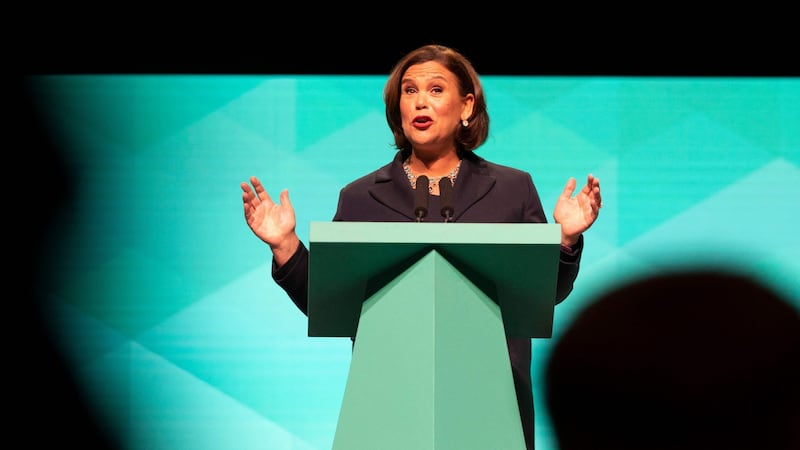
WINNERS
Surfing the politics of the pandemic skilfully, Sinn Féin has seen its standing in the opinion polls surge to unprecedented heights, and there is now hardly anyone around Leinster House who doesn’t believe that Mary Lou McDonald will lead the next government. She and her party have used their platform as the leading Opposition party to batter the Government with persistence and penetration, and to considerable effect.
The party has not just consolidated the new support that it won in advance of the last general election, it has added considerably to that support, rising from 25 per cent in the last general election (itself a historic high for the party) to 35 per cent in the most recent Irish Times/Ipsos MRBI opinion poll. Moreover, the engine of that rise in support – public dissatisfaction with the Government on health and housing and the cost of living, and the pungent appeal of Sinn Féin's self-described populist campaigning – seems unlikely to go away.
Yes, it is (probably) a long way from a general election, but the party is in the strongest position it has ever occupied. That’s a good year in anyone’s books.
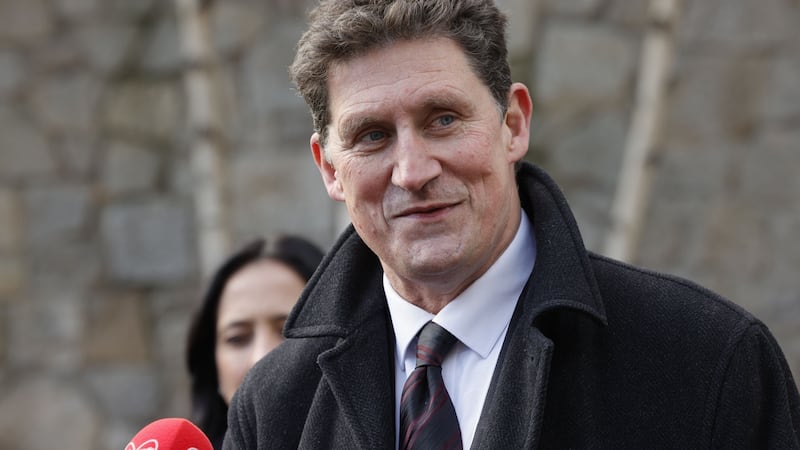
It was a tough year for the Government, but the Green Party has achieved many of the things that it came into government for in the first place. While many in the party were highly sceptical about the decision to join the Coalition with Fine Gael and Fianna Fáil a year and a half ago, it’s fair to say that had they known how far the Greens would get in the first 18 months, they might have been more amenable to the prospect.
Of course, those who predicted that entering government would first split the party, then disappoint it and ultimately destroy it, might still be proven right. But there is so far little sign of that. Dissent has either quietened or left. The party has achieved a climate action law that compels this and future governments to reduce greenhouse gas emissions through far-reaching changes to daily and economic life, though implementation of those changes remains a constant challenge.
And it has held up in the opinion polls. The relatively small cohort of voters – relative to the big parties anyway – who believe that Green policies are the most important thing to have in government remain impressed with the party’s achievements. It’s not going to get any easier for Green Party leader Eamon Ryan and his colleagues, but they are making a lot of progress.
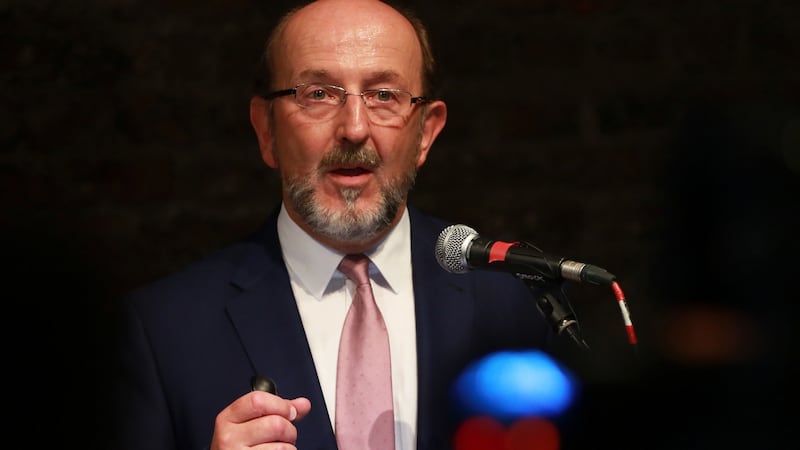
Also in the winners’ enclosure is the High-Level Task Force on Covid-19 Vaccination, led by Prof Brian MacCraith, and the entirety of the vaccination programme, which delivered the highest rates of vaccination in Europe during the late spring and summer to provide a firewall against the pandemic.
LOSERS
It has been a tough year for both Fianna Fáil and Fine Gael. While the Coalition Government bedded down this year after a shaky start in 2020, it would be hard to conclude that the administration – outside the finance-public expenditure axis of Paschal Donohoe and Michael McGrath, which remain the twin tent poles of the Coalition – has really gelled to exhibit a universal common purpose. The two parliamentary parties often seemed more intent on stressing their differences than commonalities.
If much of the left, especially in Sinn Féin and the radical left, regard Fianna Fáil and Fine Gael as more or less the same party – “FFG” – both remain resolute in guarding their own identities. It was always going to be hard to figure out a way to be Coalition allies and subsequent inevitable political rivals, and they haven’t managed to do it yet.
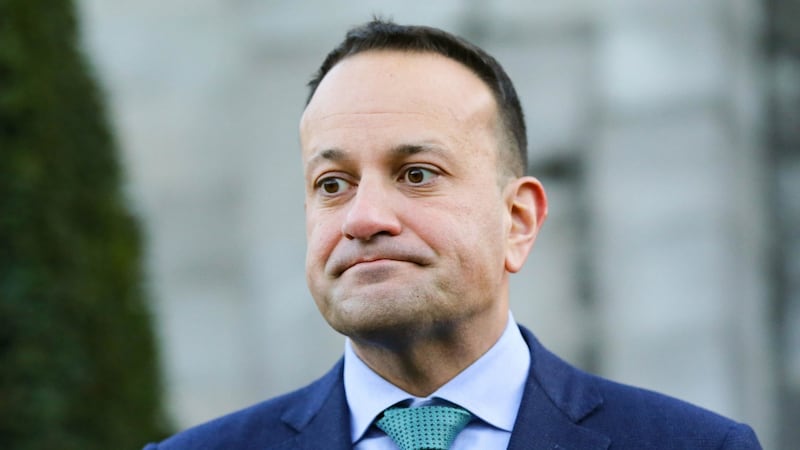
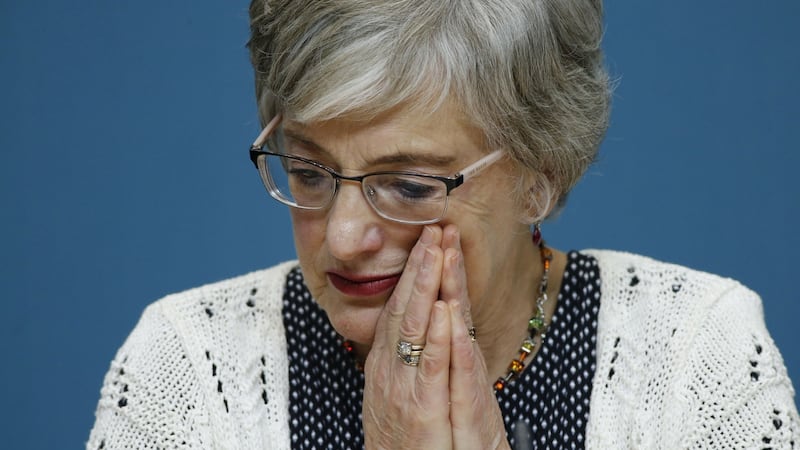
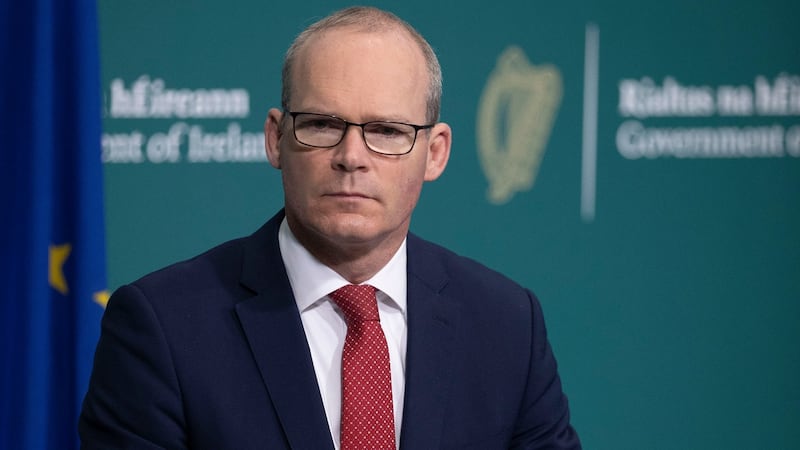
Fine Gael's poll ratings in the Irish Times/Ipsos MRBI polls have dropped like a stone in the past 12 months, from 35 per cent in October of last year to 20 per cent in the most recent poll; Fianna Fáil's have dropped and recovered a bit. Perhaps more tellingly, it is hard to find much optimism in either party. A chunk of the Fianna Fáil party is waiting to get rid of Martin as leader – they talked about it, but did nothing else this year – while Fine Gael's confidence in Leo Varadkar was shaken by the leak controversy and subsequent Garda investigation. which meanders inexplicably and damagingly on.
Former minister Katherine Zappone lost her appointment as a Government special envoy and was definitely one of the year's losers – as was Simon Coveney, the Minister who conceived and promoted the controversial appointment. That affair dragged on throughout the early autumn, culminating in a motion of no confidence in Coveney. For the former presumed next leader of his party, it was a deeply damaging episode.
CURVEBALLS
Turns out that Brexit is not quite the settled question we thought it was last Christmas. The Northern Ireland protocol became a running sore this year, with some loyalists protesting on the streets about the barriers it imposes to some trade between the North and Britain, while unionist parties demanded it be scrapped. It led to the fall of DUP leader and first minister Arlene Foster, ruthlessly taken out by Edwin Poots, who was then toppled – almost comically – within the space of a few weeks. Jeffrey Donaldson became leader unopposed and immediately declared the protocol would have to go, eventually threatening to collapse the Stormont institutions, a threat that remains unfulfilled.
Boris Johnson and his negotiating hard chaw, Lord David Frost, began beating the war drums in July, threatening to use article 16 of the protocol to suspend its operations. Their threat was met by a warning from the European Union that it would regard suspension as a declaration of bad faith and would retaliate hard – up to and including giving notice that it would scrap the whole trade agreement. Negotiations continue, while the two sides continue to eye each other suspiciously.
As the year drew to a close, Frost resigned, citing his frustrations with the direction of Johnson’s chaotic administration, if such a thing can be divined. He will not be mourned in Brussels.
President Michael D Higgins has been generally acknowledged to have handled the tricky matter of commemorating Ireland's struggle for independence with an adroit touch. But he landed himself in the middle of controversy this year when he refused an invitation from church leaders to attend a ceremony of "reconciliation and hope to mark the centenary of the partition of Ireland and the formation of Northern Ireland".
Higgins apparently felt the event had become “politicised” – though its character appeared anything but – and while he was hailed by Sinn Féin and others in favour of a united Ireland for his stance, others – many of whom have worked for reconciliation in the North – were disappointed in him. Still, polls showed the public backed Higgins, and the Government tiptoed its way around his refusal to attend, sending a couple of Ministers instead – an implicit acknowledgment that it disagreed with the President, even if Ministers insisted the contrary. Privately, most people in Government believe the President got it wrong.
HIGH POINTS
For all the gloom surrounding Covid-19, there was one clear and enduring positive trend during the year: the spectacular recovery of the Irish economy. Although hospitality remained shuttered or restricted for much of the year, the economy as a whole bounced back from the pandemic, driven by stronger-than-anticipated consumer spending, employment and corporate profits.
Overall, the tax take hit record levels – an astonishing achievement given the circumstances. Corporation tax receipts surged again, driven by the pharma and big tech sectors, leaving Minister for Finance Paschal Donohoe with the public finances in much better shape at the end of the year than his forecasters anticipated. At the rate his Government colleagues want to spend it, of course, this is just as well.
The other high point might be more contentious – the abandonment of a long-held feature of economic policy which enjoyed universal support for decades: the 12.5 per cent corporation tax. But Ireland was faced with two choices this year: keep its cherished tax rate or move with the overwhelming international consensus.
In the event, Donohoe managed to successfully find a third way. By staying outside the initial OECD agreement for a minimum effective tax rate of “at least 15 per cent”, he increased his leverage to secure changes to the final deal. When that stage came in the autumn, Donohoe was able to convince the US treasury secretary, Janet Yellen, to drop the “at least” from the text, securing a degree of certainty that the Irish Government had insisted it needed.
In parallel, Donohoe secured the agreement of the EU to allow Ireland to maintain its 12.5 per cent rate for most companies, those without a turnover of €750 million a year. It was more than just making the best of a situation that threatened Ireland’s vital economic interests: it was an impressive feat of politics and diplomacy.
LOW POINTS
The low points were numerous: the long and strict lockdown announced in the wake of last Christmas which closed schools, workplaces, shops, churches, gyms, pubs and restaurants for months; the painstakingly slow lifting of the lockdown, at a slower pace than anywhere in Europe. And then, as the year drew to a close, the Taoiseach was again at the podium of foreboding at Government Buildings, live on the Six One News, delivering the grim message that more restrictions were needed to push the virus back. When the threat from the new Omicron variant emerged, the restrictions were tightened further for Christmas.
One other low point reminded us that whatever the challenges of the present, our past contains dark episodes and shameful corners. The publication of the report of the Commission of Investigation into Mother and Baby Homes brought Ireland face to face with one of them. The survivors disputed some of the conclusions of the commissioners, but there was no disputing the pain and suffering that Irish society had inflicted on some of its most vulnerable citizens. The experience marked many of them for life.





















